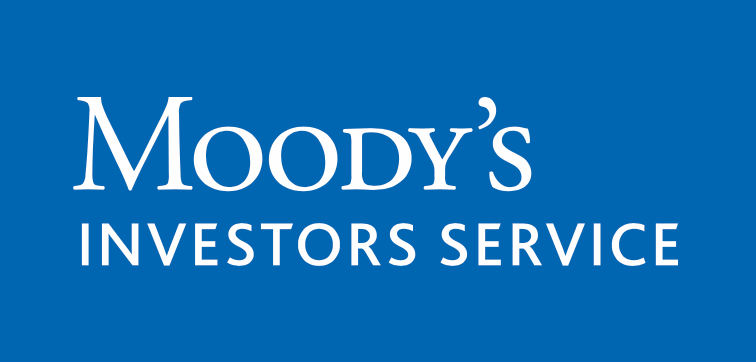Investor interest in ILS could be stronger than expected: Moody’s

Thanks to the very strong earnings generated by capital deployed into the reinsurance market last year and an expectation that strong earnings can persist through full-year 2024, analysts at Moody’s Investors Service believe investor interest in insurance-linked securities (ILS) could prove to be stronger than had been expected.
Moody’s said that pricing of property catastrophe excess-of-loss reinsurance contracts is likely to peak before the end of 2024, which is aligned with most observations of the marketplace right now.
But the analysts also believe that capital providers will be in for another year of strong earnings from their reinsurance underwriting deployments again in 2024, major loss activity allowing, which they say could prove to be a catalyst for capital flows to accelerate later this year and into 2025.
While reinsurers and ILS funds managed to push through some further price increases on reinsurance underwritten at the January 2024 renewals, Moody’s analysts note that, “The sector’s improved returns are encouraging some groups to take on more risk and could also attract more alternative capital inflows.”
“This will likely make supply-demand dynamics less favorable in 2025,” they caution.
While the reinsurance industry has been seeing rising demand and primary insurers and reinsurers have required more protection than they can often buy, Moody’s still sees new capital inflows as one of the negative credit drivers threatening the sector.
But the demand side of the equation is expected to remain strong, with Moody’s saying, “Primary insurers will continue to refine their catastrophe models to reflect above average catastrophe claims in six of the last 10 years. This will drive an increase in projected losses, and encourage primary players to buy more XOL reinsurance cover to protect themselves against “tail risks” – extreme losses that could lead to significant capital erosion. US demand for catastrophe XOL reinsurance remains strong, and will grow by as much as 15% this year, according to Deloitte.”
On how the market dynamic could evolve, Moody’s analysis states, “The sector’s improved earnings are encouraging some reinsurers to expand capacity and take on more risk, and could also drive an uptick in alternative reinsurance capital inflows. This would make supply-demand dynamics less favorable.
“We therefore expect reinsurance XOL prices, notably in property catastrophe lines, to reach their high point before the end of the year, absent major catastrophes. However, property reinsurers’ underlying earnings should remain stronger than pre-2023 provided they maintain higher attachment points and strict policy terms and conditions.”
Supply constraints have eased, especially at the higher levels of reinsurance towers and Moody’s analysis suggests this could cascade lower down as appetites recover, on both the traditional and alternative capital sides.
ILS funds and the cat bond sector returned to growth in 2023 and 2024 has started strongly, with more cat bond market records on the cards and those higher reinsurance earnings and returns are rekindling investor interest, just as much as they are peaking reinsurer appetites for risk as well.
Moody’s had been anticipating the ILS recovery that we saw in the second-half of 2023 and early 2024, but now its view is that the market may experience stronger growth in alternative capital ahead.
“We had anticipated moderate growth in alternative capital because of investor concerns about climate risk, and limited use of alternative capital outside the natural catastrophe market,” Moody’s said.
Adding that, “Strong reinsurance earnings, coupled with mounting uncertainty around interest rates, could trigger stronger than expected investor interest in alternative capital.”
All of which perfectly reflects the interest being shown in ILS and reinsurance by investors right now.
But, getting new investor allocations over the line still remains more challenging than it was in the past and investor costs-of-capital are higher than before, while capital market conditions are not as stable as previously seen and the days of printing money are behind us.
Which means, translating investor interest, no matter how abundant, into inflows and allocations is a far less simple or certain process than it was in the past decade.
Moody’s sums up that, in reinsurance, “While prices are therefore likely to reach their high point this year, reinsurers’ earnings should remain strong provided they avoid relaxing their policy terms and conditions.”
Which is good advice for an industry that has been guilty of eroding its own opportunity in the past and now looks set to face its latest profitability balancing act, between capital flows and pricing, over the next year or so.





